The new James Webb Space Telescope will collect infrared light from distant corners of the cosmos, enabling scientists to see further than ever before.
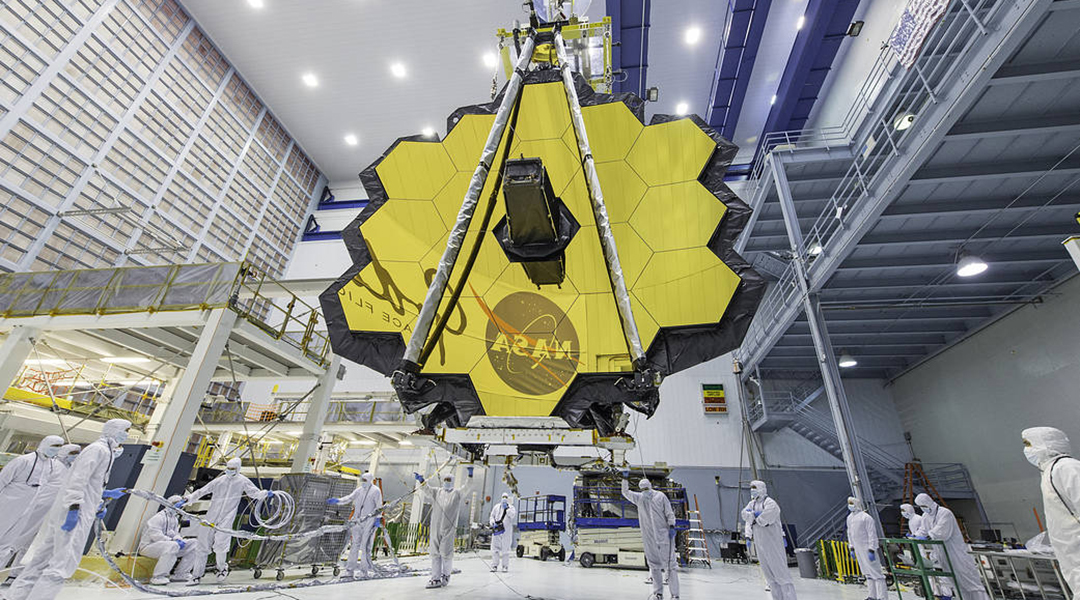

The new James Webb Space Telescope will collect infrared light from distant corners of the cosmos, enabling scientists to see further than ever before.
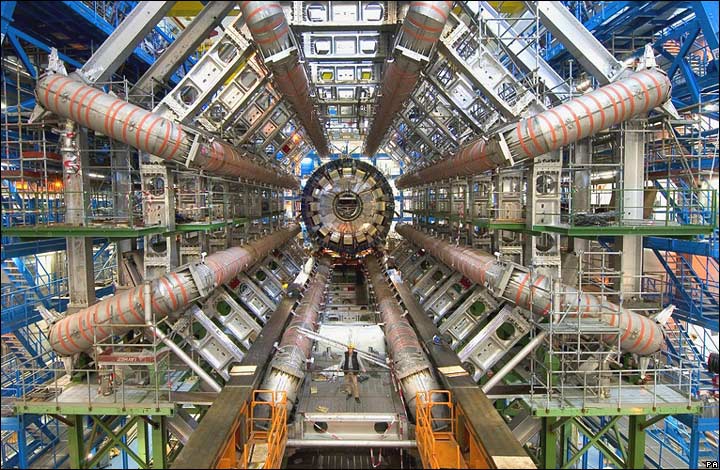
How did the results at CERN get so badly misrepresented?
![Understanding Resistive Switching [Video]](https://www.advancedsciencenews.com/wp-content/uploads/2019/10/Feature_ASN.png)
Resistive switching occurs when a dielectric suddenly changes its resistance in the presence of a strong electric field. This phenomenon underpins the behavior of devices such as memristors and neuromorphic memories. In Advanced Materials, Prof. Manfred Martin of...

Researchers have determined the extent to which pH can predict soil organic carbon density depending upon the nature of the land use.
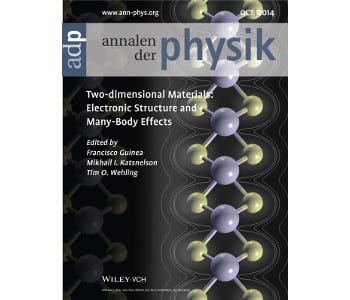
Special issue, guest-edited by F. Guinea, M. I. Katsnelson, and T. O. Wehling, is focused on electronic structure and other properties of 2D materials.
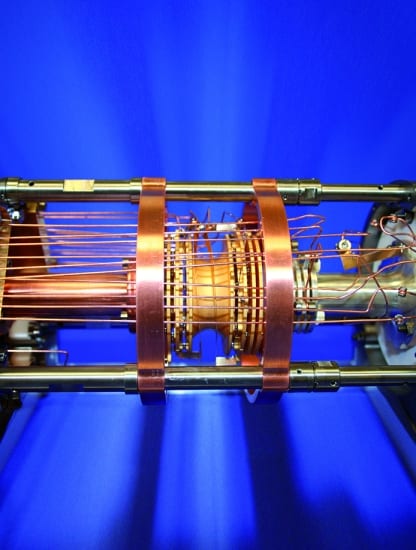
Precision measurements at low energies play a central role in the paradigm shifts of modern physics.
Paul O’Brien’s research centres on developing new chemical processes for thin films and nanoparticles, especially of chalcogenide-containing materials.

Los Alamos National Laboratory scientist, Amy J. Clarke, named as a recipient of a Presidential Early Career Award.
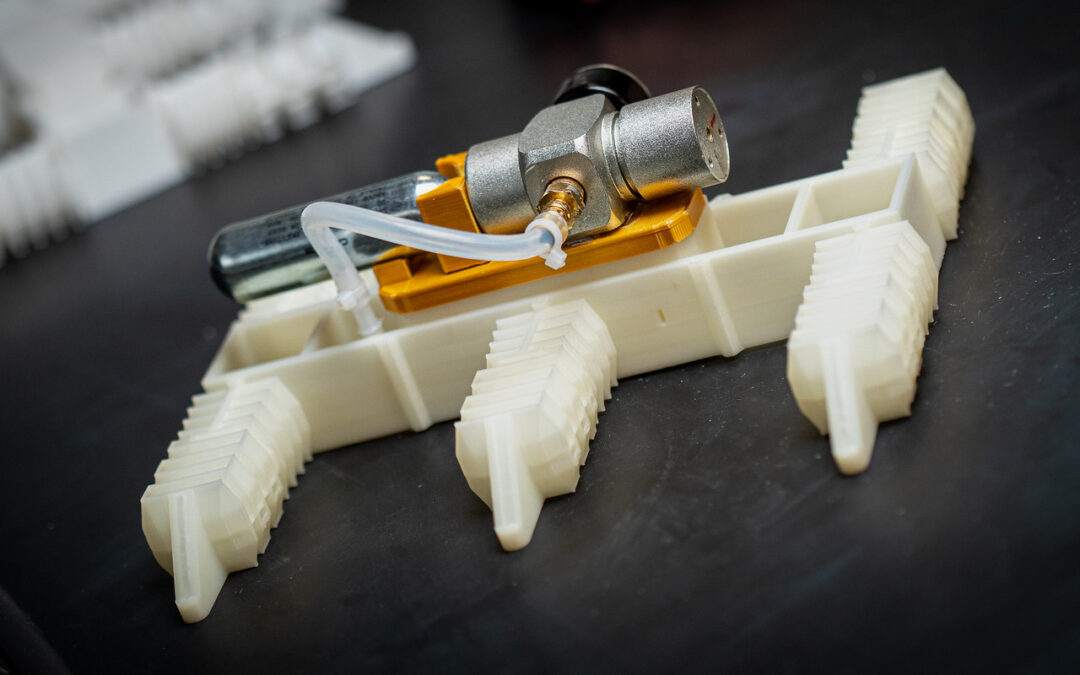
Robot fabrication in a single step with a desktop 3D printer and pressurised gas.

Héctor Corte-León explores the advantages and disadvantages of the different techniques used to calibrate a magnetic force microscope.